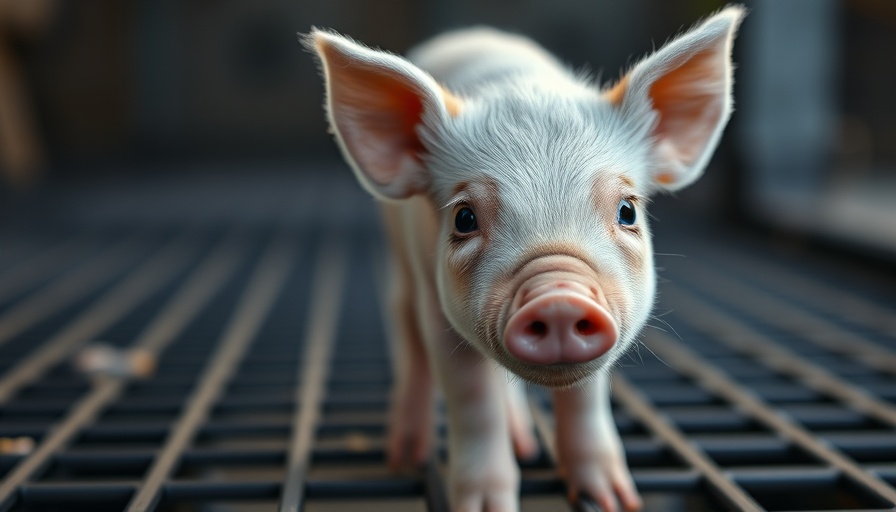
Understanding Animal Emotions: The Rise of AI
Researchers are leveraging artificial intelligence (AI) to bridge the emotional communication gap between humans and animals. This groundbreaking venture aims to decode animal emotions through advanced facial recognition technology. Among the prominent projects, the Intellipig system is making waves at the University of the West of England Bristol, where AI analyzes pigs' facial expressions for signs of distress or discomfort, aiming to monitor their welfare with unprecedented precision.
How AI is Learning to Read Animal Faces
AI systems are advancing to a point where they outperform humans in recognizing animals' emotional states. A study demonstrated an incredible 88% accuracy rate in distinguishing pain indicators in horses based on facial movements like ear positions and eye dynamics. Researchers use deep learning algorithms to teach AI by presenting thousands of labeled images, thus enabling machines to recognize emotions based on nuanced facial cues.
The Implications for Animal Welfare
The implications of these technological advancements are profound for animal welfare. With these systems, farmers can receive real-time alerts about their animals' emotional states, ensuring prompt intervention when needed. This improved understanding not only enhances the quality of life for livestock but also presents a vital opportunity for deeper empathy and awareness in animal care practices. Moving forward, future iterations of AI might even learn to interpret more complex emotions like happiness or frustration, paving the way for comprehensive animal welfare strategies.
The Future of AI in Animal Emotion Research
As AI continues to evolve, the dream is to develop sophisticated 'emotion readers' for all domesticated species. This could eventually allow us to decipher the full spectrum of animal emotions—from joy to anxiety. In achieving this, researchers hope to create applications that will help owners understand their pets better, leading to more informed decisions about care and training.
Ultimately, the continuous integration of AI into animal studies not only serves as a testament to our technological advancements but also highlights a growing commitment to animal welfare. By developing tools that can interpret emotional cues more effectively, we deepen our relationship with the animals that share our world.
 Add Row
Add Row  Add
Add 




Write A Comment